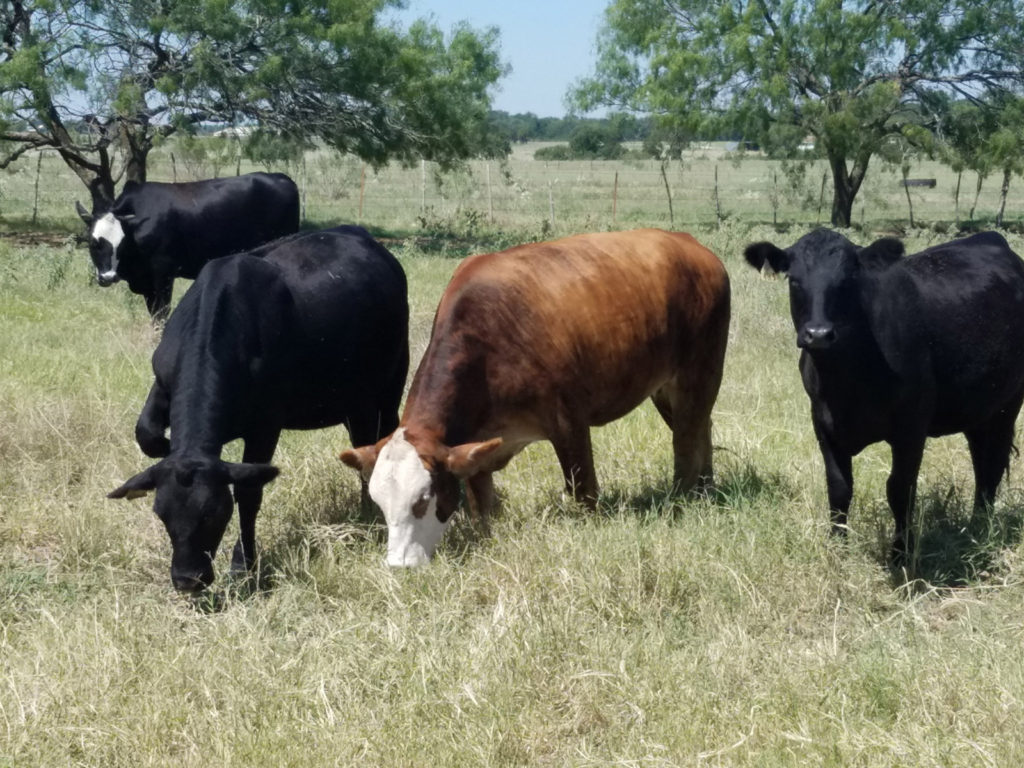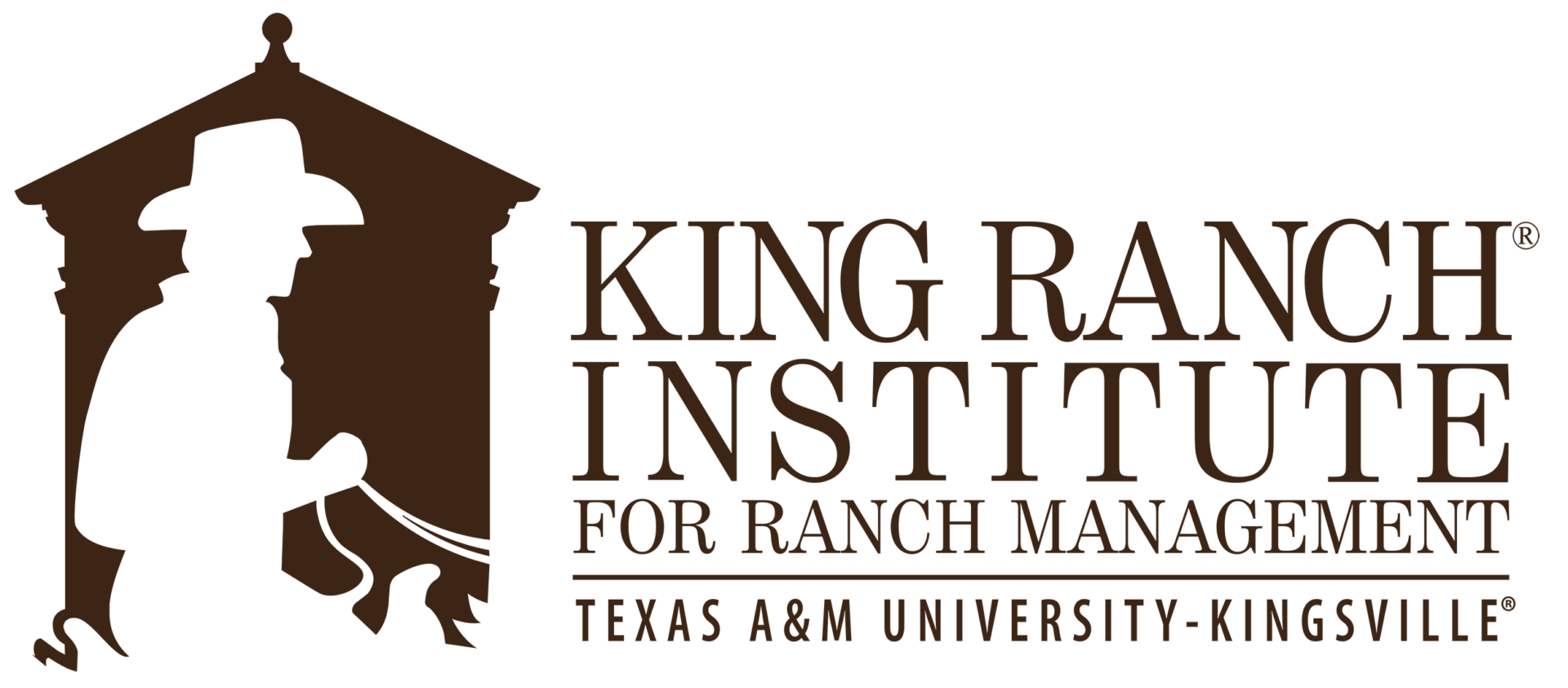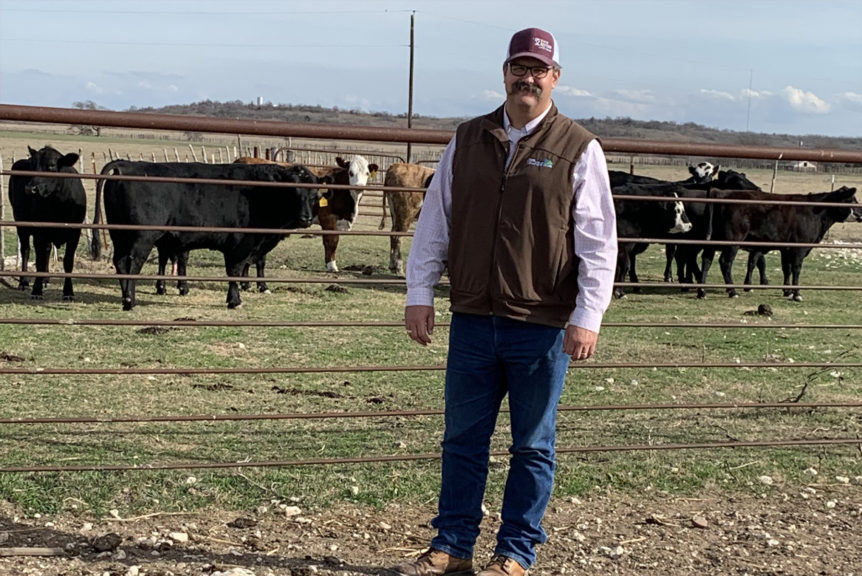A discovered passion for research and a devoted respect for teaching led Dr. Jason Sawyer to become a research scientist with an inherent desire to provide practical solutions for the beef industry. With nearly 25 years of experience working in beef cattle production systems research, Sawyer will begin a new journey, joining the King Ranch® Institute for Ranch Management (KRIRM) as associate professor and research scientist at the helm of the KRIRM applied research program.
Article by Ashley Patterson, appearing in the KRIRM Winter 2020 Newsletter
In an effort to continue its outreach mission, KRIRM created the new research program to allow further expansion of expertise and impact in the area of profitable grazing and production systems management. The position of the research scientist was created by virtue of a partnership between KRIRM and the East Foundation based out of San Antonio, Texas. This endeavor will focus on research to improve ranching systems and will tackle challenges with innovative solutions. Leading this charge is Sawyer, a research scientist who discovered a new passion in the research field during his graduate school education beginning in 1996.
Education Shapes Career Path
After earning a BS in Rangeland Ecology and Management with a Ranch Management emphasis from Texas A&M University, Sawyer set a goal to become a ranch manager on an operation of at least 1,000 cows. He was advised to attend graduate school, was led to New Mexico State University (NMSU), and ultimately earned a MS and PhD, both in Beef Cattle Nutrition from NMSU. It was during this time that Sawyer’s mindset shifted toward the research and professor path.
“To be completely honest, the one job I never aspired to was ‘professor’. But as I went through the graduate program, I became very motivated about research as a method of structured problem solving,” said Sawyer.
Throughout the course of his career, Sawyer’s overarching research interests involved the improvement of the efficiency of beef production systems by developing innovative solutions to production barriers. For individual operations, such research endeavors help to ensure the long-term viability of the business. Further, if a ranch is more efficient, beef production is more sustainable, which benefits the consuming public with a high-quality, safe food supply at a competitive price, explains Sawyer.
When an opportunity arose in the late 1990’s to join the faculty of the NMSU Clayton Livestock Research Center, Sawyer said he was fortunate to take the position and be involved in both research and outreach duties. Sawyer became interested in how management across sectors integrates to drive outcomes in his work with cow-calf and stocker operations. While on the ground in his research at NMSU, Sawyer said he learned much in the way of shaping research questions based on its applications at the operational level.
In 2003, Sawyer joined the faculty of the Texas A&M University Department of Animal Science. He believed the chance to teach in a formal setting would be helpful and hoped to establish a more applied research program at Texas A&M. After he started teaching production management of cow-calf, stocker, and feedlot operations, Sawyer recalled an unexpected realization. As a teacher, he was able to organize his thoughts more clearly and learned that teaching something is, in itself, a great teacher.
“One of the things I discovered was the amount of dogma that we all tend to accept. As I was developing materials to share with my students, I became much more critical of the ideas and information,” explained Sawyer. “I think that has been a real benefit, as it caused me to seek to really understand underlying principles and factors rather than accepting traditional explanations at face value. This willingness to question our own ideas is the source of innovation.”
While at Texas A&M, Sawyer’s plan of becoming a ranch manager came to fruition in a way he didn’t expect. A challenge existed in College Station—there was no place to conduct stocker cattle research projects. This led Sawyer to the McGregor Research Center in McGregor, Texas, to conduct projects, and to develop a research facility in College Station, which is now the Beef Cattle Systems unit. Starting from the ground up on a piece of property in 2007, Sawyer and his team built a location that now runs 200 cows year round, usually 200 yearlings on pasture, and a 240-head research feedyard. It became a cash flow positive enterprise within two years and has remained so to date.

In 2008, Sawyer moved into a management role over McGregor Research Center. As Superintendent of the research center, Sawyer managed a diversified operation with cow-calf (more than 1,000 cows), stocker, growyard, finishing enterprises, and hay and grain farming. This also required integrating research programs into the overall management system with the same challenges and disruptions that a commercial manager faces.
“I not only have felt the desire for innovative problem solving as a researcher, but have felt the pressing need for it as a manager,” said Sawyer.
A New Venture, A New Outlook
Now Sawyer will direct his passion for ranching and research toward another new venture. With the addition of an applied research division at KRIRM, Sawyer looks forward to beginning his work with the Institute and further cultivating the synergistic partnership with the East Foundation.
“The opportunity to work with the Institute and Foundation is literally a dream come true,” says Sawyer. “I plan to spend an initial period in discovery to identify the best opportunities to make immediate impact. Certainly, we will be looking for opportunities to develop innovative strategies that improve the resilience and sustainability of ranching operations.”
In his previous roles as a teacher, Sawyer credits the mentoring of students to be a tremendous element of reward, and he looks forward to working with the Institute’s ranch management graduate students in this capacity.
“High-performing students want challenging problems, and this in turn challenges us as mentors to stretch and grow,” explains Sawyer. “I am very excited about working with the KRIRM students because the nature of the students and projects combined creates a very unique learning environment, one that I believe will foster innovation and make a lasting impact on the industry.”
Through all the initial excitement of this new journey for Sawyer, he explains his hopes to complement the strengths that already exist within KRIRM and the East Foundation and anticipates that adding another perspective will foster innovation in ranching systems through solutions-based research.
“The opportunity to develop a platform for applied research in the management of ranching systems is what attracted me most to this position,” says Sawyer. “I believe that few, if any, other organizations are currently engaged in this work, and I know that KRIRM and the East Foundation are truly committed to this mission.”

Sawyer is most proud of his family—he and his wife, Alison, have been married 23 ½ years and are raising three children who Sawyer says keep them busy through their love of sports, hunting, fishing, and hiking. Abby (18) is a freshman at the University of Texas, Jack (15) is a freshman in high school, and Joshua (8) is in second grade.

